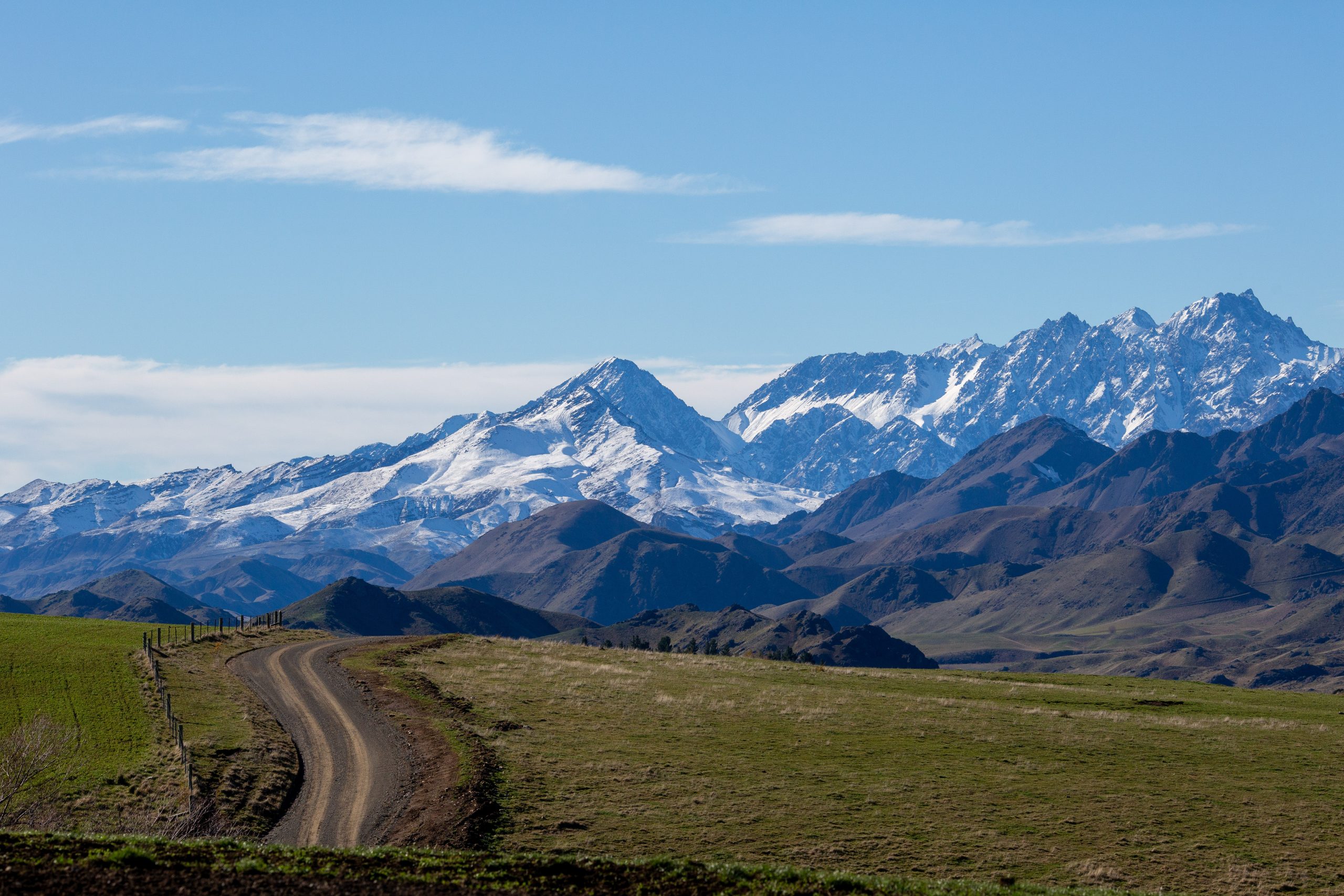The agricultural sector faces a range of regulation heading its way, Keri Johnston writes.
Another school term comes to an end today, and tonight we have our first foray into the world of school balls. Winter is still in the process of arriving and actually staying put, and before we know it, Christmas will be here. The next five months leading up to the jolly fat man will be busy for the agricultural sector from a regulation point of view, so here’s a “heads up” as to what is coming your way.
Submissions on the Zero Carbon Bill close on July 16. This piece of legislation will ultimately determine how much of the climate change can the farming sector has to carry.
Environment Southland’s Proposed Water and Land Plan has just finished hearing appeals in the Environment Court. They are still hopeful of an operative plan before the end of 2019. From the date the plan is made operative, those who require consents have six months to apply.
Indications are for “at risk” catchments to be identified and constraints put on them straight away, drafting of new National Environmental Standards, a review of the National Policy Statement for Freshwater Management, and a framework for Farm Environment Plans.
After a rather bumpy start to life, hearings on Proposed Plan Change 1 – Waikato and Waipa River Catchments have started with two rounds completed. Round three is set down for August 2019.
At this stage, Plan Change 7 to Environment Canterbury’s Land and Water Regional Plan will be notified in late July. This plan change encompasses the sub-regional plans for the Orari-Temuka- Opihi-Pareora and the Waimakariri zones and an omnibus plan change (to make tweaks and fix obvious mistakes in the rest of the plan). The rules, despite being in their infancy, will take immediate legal effect. There will be 25 working days for submissions on the plan change, with hearings likely early in 2020.
The Manuherikia, Cardrona and Arrow catchments in Otago are the first identified by the Otago Regional Council to start the Freshwater Management Unit (FMU) process. This is about identifying the values in these catchments, which is a precursor to putting a rule framework in place to ensure that the values are maintained. This process will take several years to complete. And then there are all other Otago catchments that have to go through this process as well.
And despite the FMU processes needing to happen in Otago, their current water quality plan (Plan Change 6A) will still kick in on April 1, 2020. Otago farmers need to understand pretty soon where they fit in relation to these rules.
Once the Zero Carbon Bill is progressed, the Government will turn its mind back to water policy. Indications are for “at risk” catchments to be identified and constraints put on them straight away, drafting of new National Environmental Standards, a review of the National Policy Statement for Freshwater Management, and a framework for Farm Environment Plans. With an election just over a year away, the Government will be eager to deliver on at least some of its election promises in this regard. So, watch this space – anything could happen.
So it’s reasonably active in the world of water regulation at the moment, and I suspect things are going to get a lot busier before we see any signs of quietening down.




